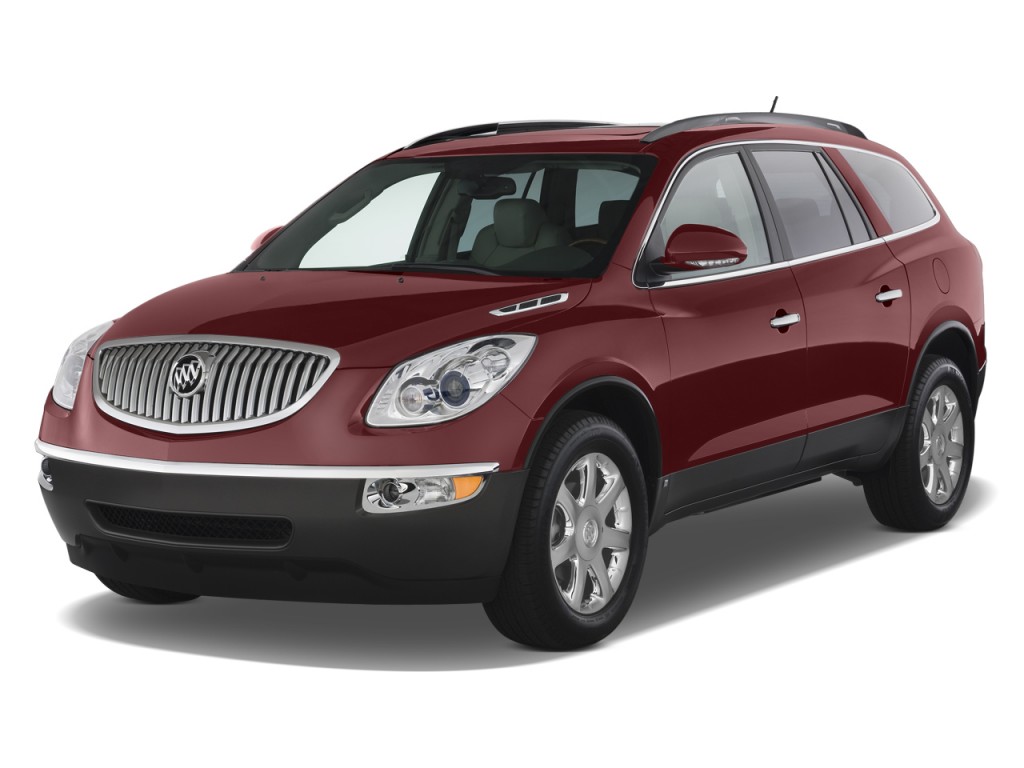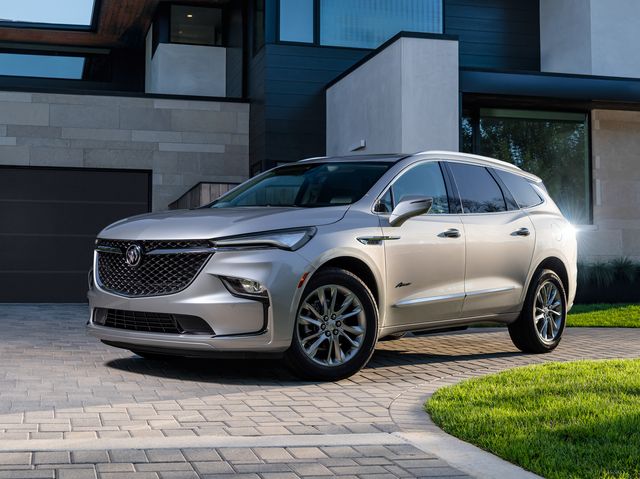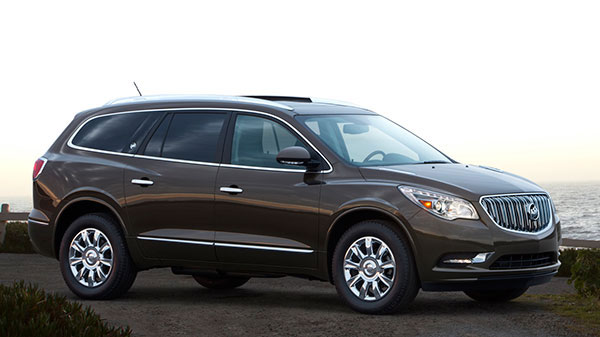The Buick Enclave embodies a harmonious blend of refinement, comfort, and versatility in the realm of midsize SUVs. With its elegant exterior design and spacious, upscale interior, the Enclave provides a luxurious driving experience. Its smooth and composed ride, coupled with a quiet cabin, showcases its commitment to delivering comfort and serenity on the road. Offering ample space for passengers and cargo, along with a host of modern tech features, this SUV caters to both practicality and sophistication. While certain model years have had reported issues, the Enclave, in its essence, stands as a symbol of Buick’s dedication to crafting a premium, family-oriented vehicle that prioritizes comfort and style. But, the Enclave isn’t without flaws. Although generally reliable, it showed some common issues over the years. And in this article, we will take a look at the least reliable model years. We will talk about the Buick Enclave model years to avoid.

Buick Enclave Model Years to Avoid: 2008 Buick Enclave
For 2008 Buick Enclave came as a brand-new model and like most new models, it needed a few years of polishing in terms of bigger or smaller reliability issues. Several issues were reported by owners and reviewers that turned out to be quite common.
- Transmission Problems: One of the most frequently reported problems involved the transmission. Owners experienced issues such as rough shifting, delayed engagement, and in some cases, complete transmission failure. This was a significant concern for many, as transmission repairs or replacements can be quite expensive.
- Power Steering Issues: Some owners complained about power steering problems, including a loss of power assistance or complete failure. This issue could potentially affect the vehicle’s handling and safety.
- Electrical and Interior Problems: There were reports of electrical issues, including problems with various interior components such as the dashboard, radio, and infotainment system. Some owners experienced malfunctioning door locks or windows.
- Fuel System and Engine: A few complaints were made regarding the fuel system, including fuel pump failures. Some owners also reported engine-related issues, such as stalling or rough idling.
- Air Conditioning and Heating: Instances of air conditioning problems were reported, with some owners mentioning issues with cooling or inconsistent temperature control. Heating system malfunctions were also reported in some cases.
Buick Enclave Model Years to Avoid: 2011 Buick Enclave
The 2011 Buick Enclave faced several reported issues, though not all vehicles experienced these problems. Some common concerns reported by owners and reviewers included:
- Transmission Issues: Similar to earlier model years, some owners experienced problems with the transmission. Complaints ranged from rough shifting to complete transmission failure. These issues could lead to safety concerns and costly repairs.
- Power Steering Problems: There were occasional complaints about power steering malfunctions, including loss of power assistance or steering-related noises. While not as prevalent as in earlier models, some owners did report these issues.
- Electrical and Interior Concerns: Several reports mentioned electrical problems, such as issues with the vehicle’s electrical system, including dashboard warning lights, malfunctioning entertainment systems, and power accessories.
- HVAC (Heating, Ventilation, and Air Conditioning): Some owners reported problems with the heating and air conditioning systems, including inconsistent temperature control, weak airflow, or complete failure of the HVAC system.
- Suspension and Noise Complaints: A few owners reported suspension-related issues, including noises from the suspension system, which could indicate wear or potential problems.
Buick Enclave Model Years to Avoid: 2014 Buick Enclave
When it comes to Buick Enclave model years to avoid, it’s hard not to mention the 2014 model. While many vehicles from this year performed well, some common concerns included:
- Transmission Problems: Similar to earlier model years, transmission issues persisted in some 2014 Enclaves. Owners reported problems such as rough shifting, hesitation, and occasional transmission failure. These issues could lead to safety concerns and expensive repairs.
- Air Conditioning System: Complaints regarding the air conditioning system were reported. Some owners experienced issues with the cooling function, inadequate cooling, or inconsistent temperature control. Problems with the HVAC system could result in discomfort, especially in extreme weather conditions.
- Electrical and Technology Malfunctions: Some owners reported electrical problems, including issues with the vehicle’s infotainment system, radio, and dashboard electronics. Malfunctions in these systems could lead to inconvenience and reduced functionality.
- Powertrain and Engine Concerns: There were occasional complaints about powertrain-related problems and engine issues, including stalling, rough idling, or reduced performance. These could impact the vehicle’s drivability and reliability.
- General Quality Control Issues: A few owners reported concerns related to the overall build quality, such as interior rattles, squeaks, or minor cosmetic issues. While not critical, these problems could affect the overall satisfaction with the vehicle.

What About the Second-Generation Enclave?
When it comes to Buick Enclave model years to avoid, it’s important to say that the second-generation Buick Enclave, introduced in 2018, brought notable improvements in terms of design, technology, and overall performance. However, while it generally earned positive reviews, there were some reported issues, especially for the initial, 2018 model year. Being the first year of the second generation, some initial production models might have experienced minor quality control issues or glitches in new technology features. But overall, the second-generation Enclave is usually considered one of the most reliable models in its class.

